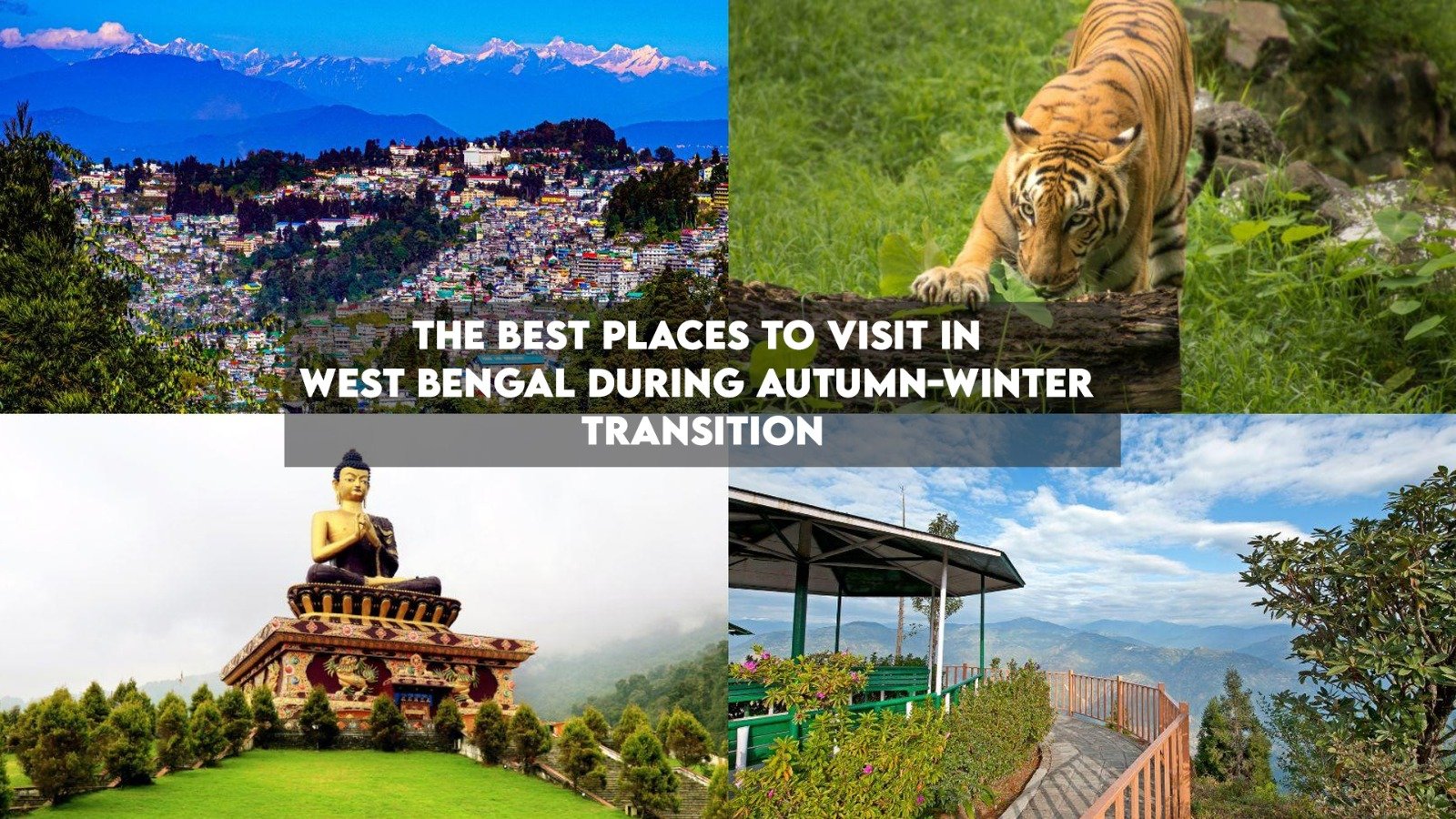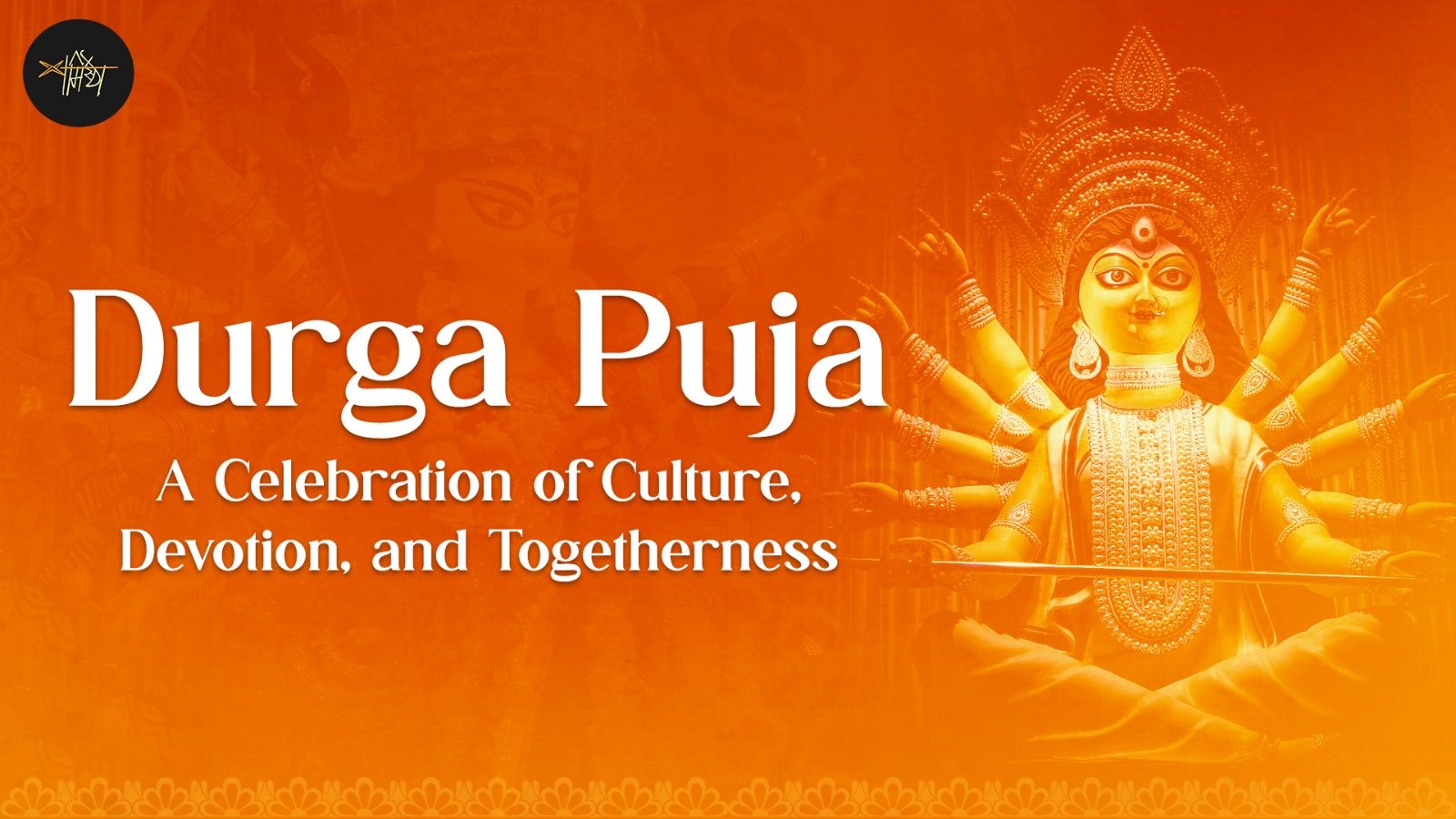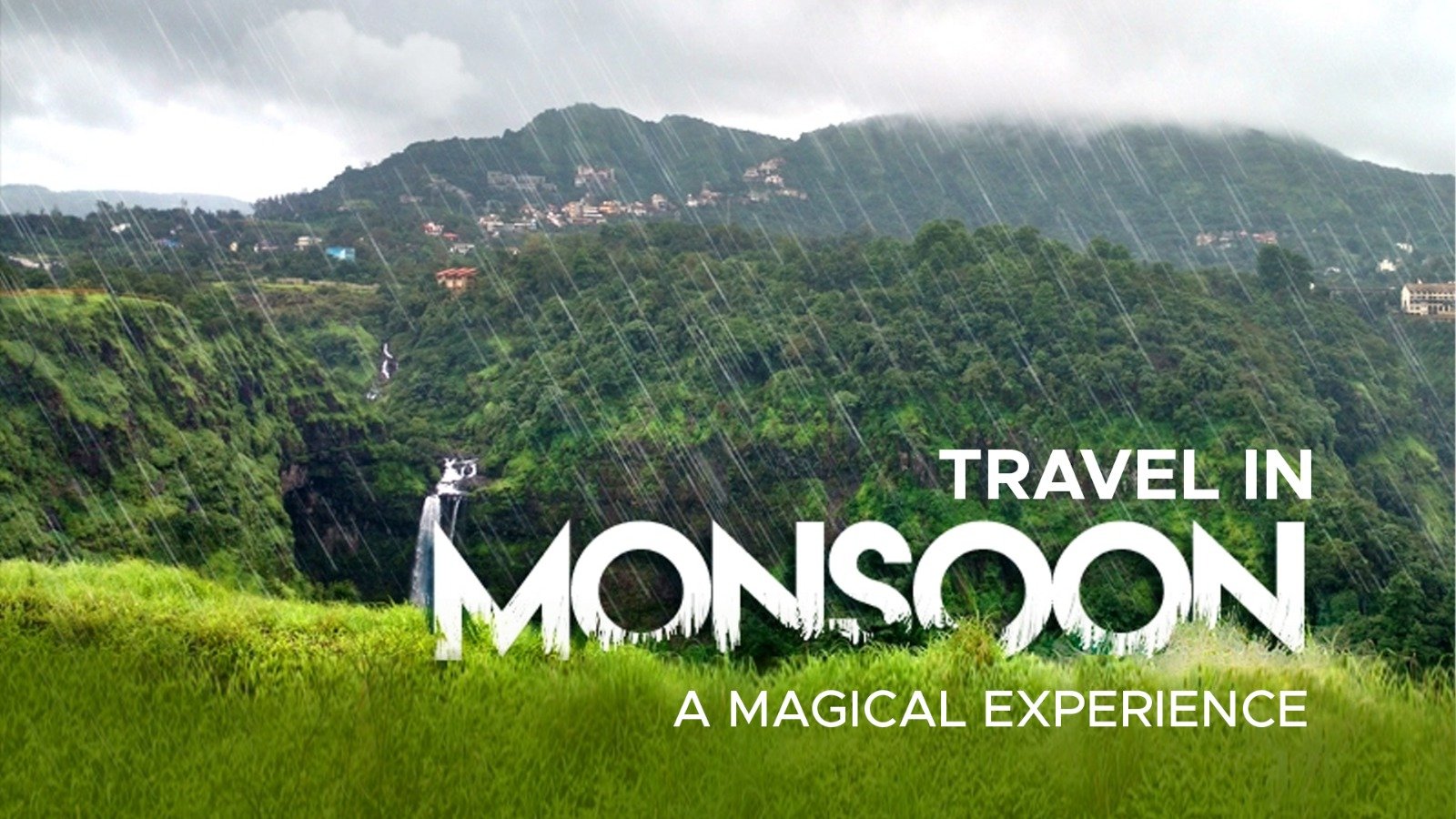This is a chariot festival. Three separate chariots are created with unique structures and technical design specifications.
Nandighosat is the chariot of Lord Jagannath. It is a towering mammoth creation almost like a skyscraper with eighteen wheels.
Taladhvaja is the chariot of Balabhadra. It is a huge artistic creation but smaller in size to that of Lord Jagannath and it contains sixteen wheels.
Devadalana is the chariot of Subhadra. It is also a towering creation but smaller than the other two and contains fourteen wheels.
As per religious directions and established cultural practices, the idols and the chariots are made of wood and are refurbished after every twelve years in which new creations are established. This is called the Nabakalebara.
This Rath Yatra or chariot festival is celebrated in honour of Lord Jagannath who is one of the ten incarnations of Lord Vishnu in Hindu mythology.
The festival of Rath Yatra commemorates and celebrates the annual journey of Lord Jagannath with his brother Balabhadra and his sister Subhadra, as he travels from his sacred temple located in Puri to visit his aunt’s temple located in Gundicha.
The three deities are brought out of the temple in a formal and elaborate procession known as Pahandi.
After the Pahandi is over, the holy chariots are swept with stately formality and ceremoniousness by the Gajapati of Puri. Jagannath is in rest for a week after reaching his aunt’s abode at Gundicha.
The worshippers pay their obeisance and make their offerings to him for a whole week. The Punarjatra or the return of Jagannath takes after a week when he returns to his own temple in Puri.
The Rath Yatra festival is a nine day period in which the devotees are engaged in the worship of their god and sing and dance for him. Brahmans are fed and the poor are given alms and charity.
Rath Yatra in West Bengal
The most well-known Rath Yatra in India is that of Puri in Odisha and thereafter Ahmedabad in Gujarat. In West Bengal there are three famous rath yatras which date back to the past.
The first of these is the Mahesh Rath Yatra which began in the 14th century AD.
It was pioneered by Shri Dhurbananda Bhramachari and is celebrated till today. The rath or chariot for this was last donated by Krishnaram Basu and constructed by Martin Burn Company.
It is an iron cart, with an architectural design of nine towers rising to a height of 50 feet.
It weighs 125 tons and contains 12 wheels. It was made at an expenditure of INR 20,000 and has been used in the Rath Yatra since 1885.
The gigantic nine layered and multi-towered rath is decorated with coloured confetti and hangings of metal. It is fitted with wooden horses and several wooden statues.
The numerous wheels of the chariot are pulled by four thick ropes, out which one is reserved for being pulled only by women.
The Rath Yatra of Guptipara is a major festival and a source of immense attraction since the place is a major centre of Vaishnava cult worship.
Although Guptipara has the honour and fame of organising and instituting Bengal’s first public or “sarbojanin” Durga Puja , this is not Guptipara’s main festival.
Guptipara’s towering and colourful chariots are what makes it famous and sought after in West Bengal.
Mahishadal, in East Midnapur, although not so famous as Mahesh or Guptipara, is still quite renowned for having the tallest wooden Rath in the world.
The 70 feet high chariot is built in an architectural design of 13 towers and is lavishly decorated with colourful wooden horses and statues.
It was created under the patronage of Rani Janaki Devi in 1776 and despite the fact that the chariot has undergone multifarious changes in design and outlook, its main structure remains intact for the last 236 years.






